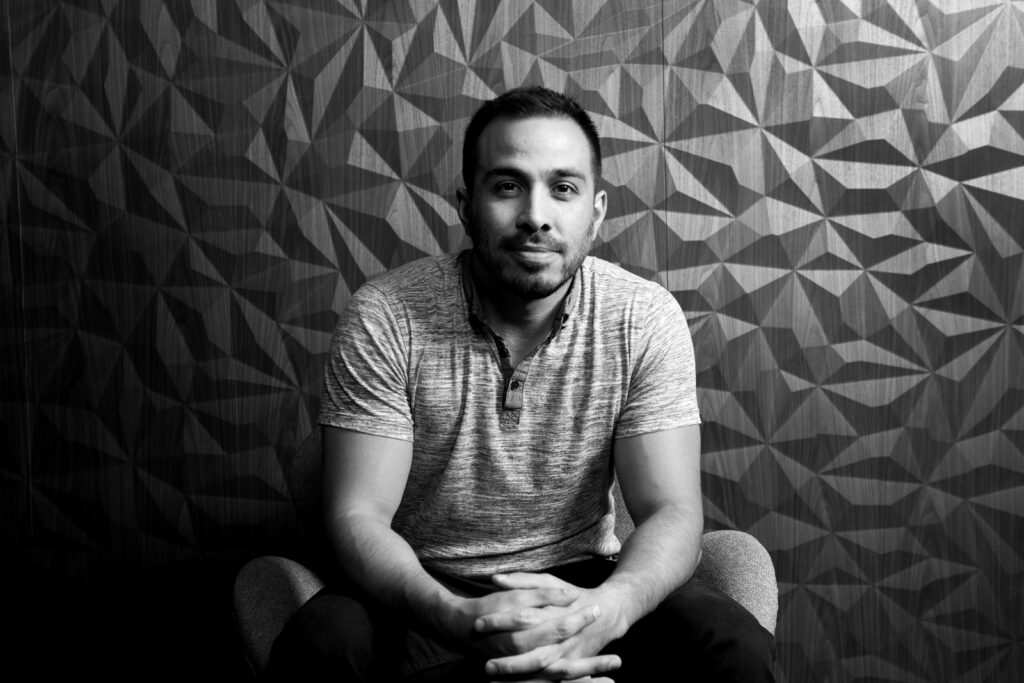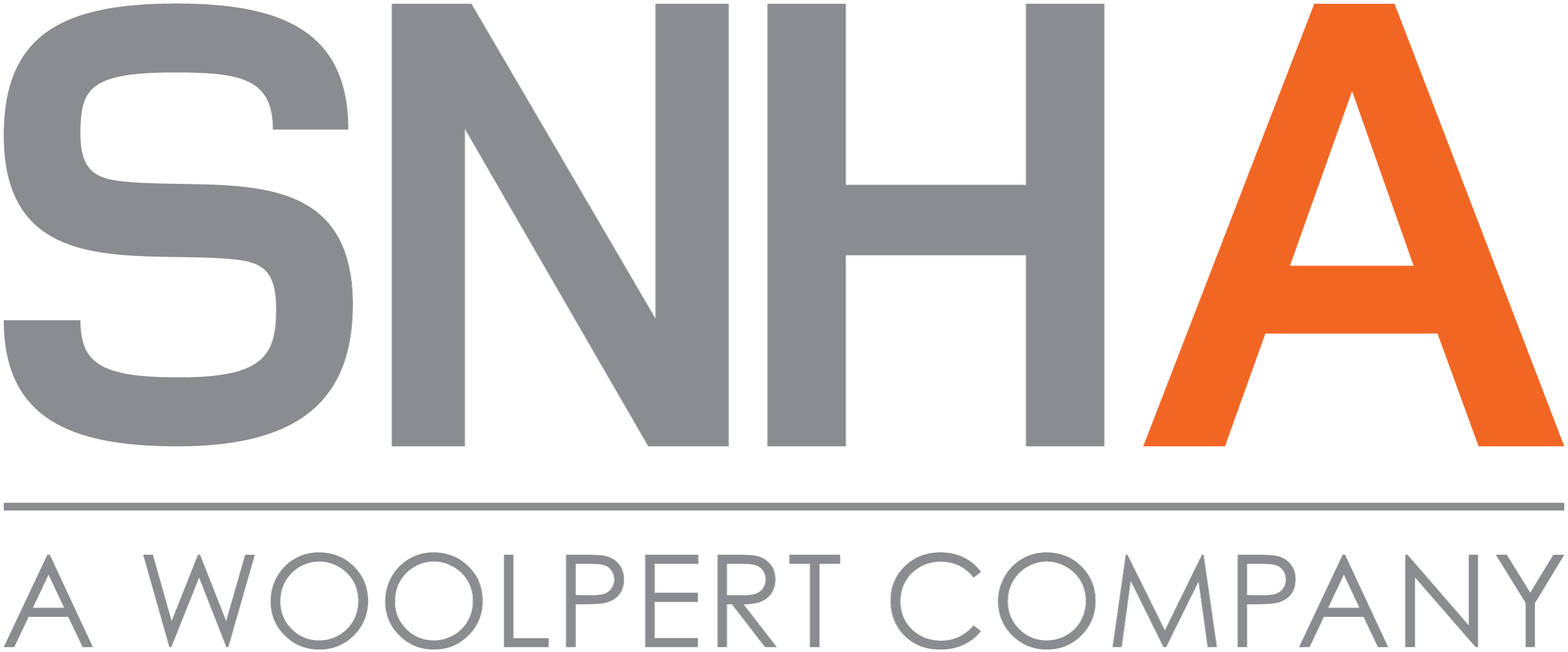
Collective Mentorship
Architecture is an act of collective intelligence. We stand on the shoulders of architects who came before us. We honor the skills and contributions of peers, clients and builders. We mentor as opposed to compete. We share success.
Mentorship has evolved into a two-way street, mutual mentorship, a recognition that we all have the capacity to learn and teach regardless of position or years of experience. A mentor with the ACE Mentor Program Chicago*, architect Dominick Gallegos, AIA spoke to us about collective mentorship—and how his experiences as a mentor and mentee have helped influence his growth as an architect and human-centered approach to design.
*ACE Mentor Chicago is a non-profit organization helping provide exposure, hands-on experience, and one-on-one mentorship for high-school students interested in the AEC industry through after-school and summer design-build programs.
What did you learn about yourself in studying architecture?
While in architecture school I learned that I have a genuine passion for design, but it is rooted in general curiosity and conceptual thinking as whole, along with strong interests in culture. When I reflect on the studio-based education of architecture and its nature of inquiry and problem solving, I feel quite fortunate to have been able to develop as a thinker in that environment and carry it into practice. Because of this, I’ve been confident in working on projects at many scales and types but have found that, philosophically, I tend to lean toward the spatial and experiential aspects of design. Not necessarily the form and material of a project itself, but how that form shapes spaces both inside and out, and how materials can evoke different moods or show the passage of time as they age.
What’s something people don’t know about designing data centers?
From my perspective as a designer, I think people sometimes miss the place-making aspect of data centers, both within the project itself and to the community at large. While these tend to be larger facilities focused on computing, they are still a workplace for many, and we work to help our clients build projects that are a source of pride and a quality workplace for their staff, whether it be the office spaces associated with these projects or the regional aspects of the landscape design in creating a sense of place. It also can’t be overlooked how these data centers impact the communities as business generators and community partners. Our clients engage with communities through various programs and initiatives and, from a business standpoint, tend to be committed to business in these areas for the long term.
Who have you looked to for mentorship at SNHA—and what is something that has stuck with you throughout your career?
One of the best parts of my experience at SNHA has been the collective mentorship of the firm and the way in which I have been able to develop as a professional with guidance and insight, but also with the freedom to own my work and learn through experience. When I started, we were a small office, but I’ve been able to draw insights from many in leadership, including learning how to confidently travel abroad for business with Neil (Sheehan), detailing a building and working with contractors during construction with Don (Brown), or getting guidance from Tim (Connor) on how to keep a project on course and manage client expectations.
As a mentor yourself, within SNHA and with ACE Mentor Chicago, what is your main goal and what does success in that look like to you?
I grew up in a working-class family and am the son of an immigrant. It’s a loving family and I wouldn’t trade it for anything in the world. At the same time, where you grow up can sometimes limit your exposure to certain jobs and professions. In working with ACE Mentor Chicago, my goal has always been to simply provide an opportunity for young folks, high school students from around the city, to see what it’s like to be an architect and provide exposure to just one of many opportunities they have to choose from in their future. In recent years, I’ve been doing this primarily as a mentor in the ACE Mentor Summer Design-Build Workshop. It’s also not lost on me that I represent as a person of Hispanic heritage. No matter one’s background or identity, I think it’s always helpful to see people you might identify with also doing things you aspire to. Over time I’ve seen participation in the program grow and diversify, so here’s to continued success.
What do you apply from your personal life or volunteer experience to the work we do?
This is actually a pretty tough question. In a way, I think experiences are all interrelated and when it comes to design work it’s a two-way street, but at its core, I believe both sides apply certain pressures to be a better communicator. I think there’s sometimes an impulse to use esoteric language in presenting work while I think one can eloquently describe design ideas in a way that projects to many audiences. Maybe there’s even a little irony in using the word ‘esoteric’…
